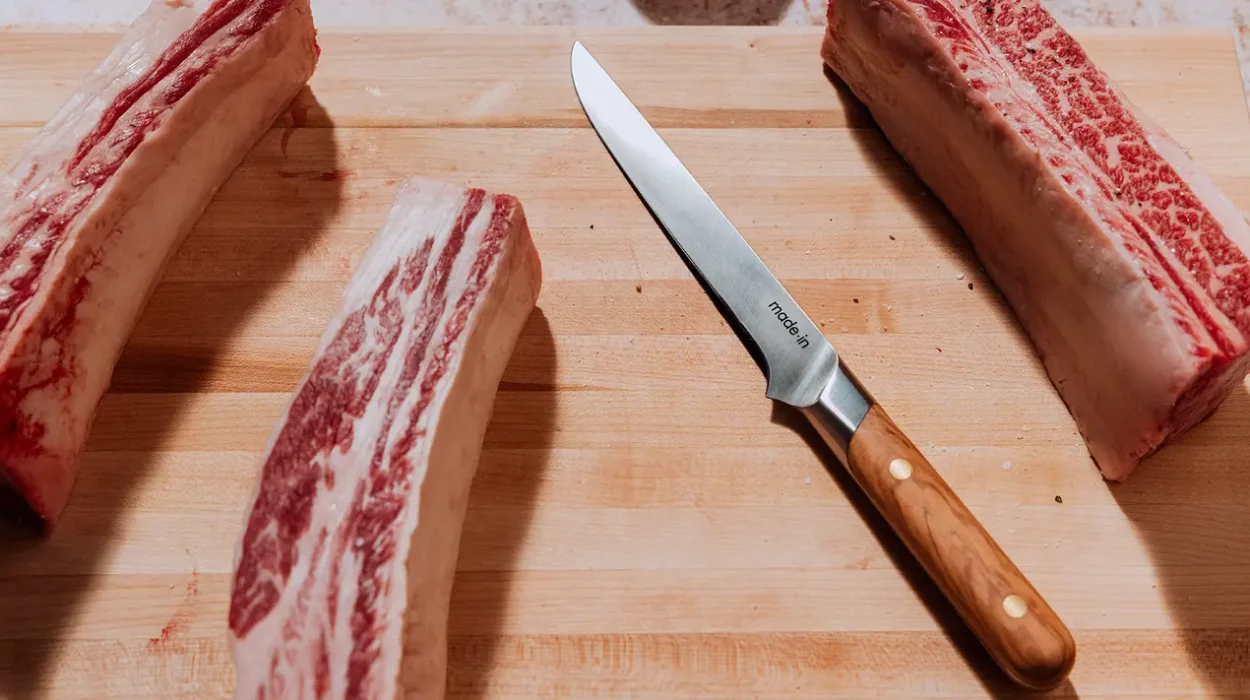For avid hunters and kitchen enthusiasts, having the right tools can make all the difference. A boning knife for deer is an indispensable tool that ensures precision and efficiency in meat processing. In this article, we’ll explore why this tool is crucial and how it benefits both seasoned hunters and kitchen professionals.

Introduction to Boning Knives
A boning knife is specifically designed for removing bones from meat. Its narrow, flexible blade allows for precise cuts, making it ideal for working with game such as deer. The boning knife for deer is crafted with hunters in mind, providing the necessary sharpness and control required for effective meat processing.
Why Use a Boning Knife for Deer?
When it comes to processing deer meat, a boning knife is invaluable. Its design allows for easy maneuvering around bones, minimizing meat wastage. For more insights on the importance of using a boning knife, check out this resource.
Precision and Control
The slender blade of a boning knife offers precision and control, which are essential when removing bones from delicate cuts of deer meat. This precision ensures that you can maximize the yield of edible meat.
Efficiency in the Field
For hunters, field dressing is a crucial step in preserving meat quality. A boning knife for deer is lightweight and easy to handle, making it perfect for quick and efficient processing in the field.
Features of a Quality Deer Boning Knife
Blade Material
The blade material is a critical factor in the performance of a boning knife. Stainless steel is a popular choice due to its durability and resistance to corrosion. For more about stainless steel knives, visit this link.
Blade Flexibility
A flexible blade is essential for maneuvering around bones and making precise cuts. This flexibility allows the knife to contour to the shape of the meat, reducing the risk of cutting into the bone.
Handle Comfort
The handle of a boning knife should provide a secure grip, even when wet. Materials like rubber or textured plastics are ideal for ensuring a firm hold.
Choosing the Right Boning Knife for Deer
When selecting a boning knife, consider factors such as blade length, handle design, and overall balance. A well-balanced knife will provide better control and reduce fatigue during extended use.
Blade Length
The ideal blade length for a boning knife varies depending on personal preference and the size of the game being processed. Typically, a blade length of 5 to 7 inches is suitable for deer.
Handle Design
Handles come in various designs, and choosing one that fits comfortably in your hand is crucial. Ergonomic designs can help prevent strain and provide better control.
Maintaining Your Boning Knife
Proper maintenance is essential to keep your boning knife in top condition. Regular honing and cleaning will ensure that the blade remains sharp and free from rust. For honing tips, visit this guide.
Cleaning and Storage
After each use, clean your knife with warm soapy water and dry it thoroughly. Store it in a protective sheath or knife block to prevent damage to the blade.
Conclusion
A boning knife for deer is a vital tool for hunters and kitchen professionals alike. Its precision, efficiency, and ease of use make it a valuable addition to any toolkit. Whether you’re processing game in the field or preparing gourmet meals at home, a quality boning knife will enhance your experience.

FAQs
What is the best blade material for a boning knife?
Stainless steel is often preferred for its durability and resistance to corrosion.
Can a boning knife be used for other types of meat?
Yes, boning knives are versatile and can be used for poultry, pork, and fish. Learn more about boning knife for pork.
How do I maintain the sharpness of my boning knife?
Regular honing and proper storage are essential for maintaining sharpness. More tips can be found on how to use a boning knife.
This article contains affiliate links. We may earn a commission at no extra cost to you.


